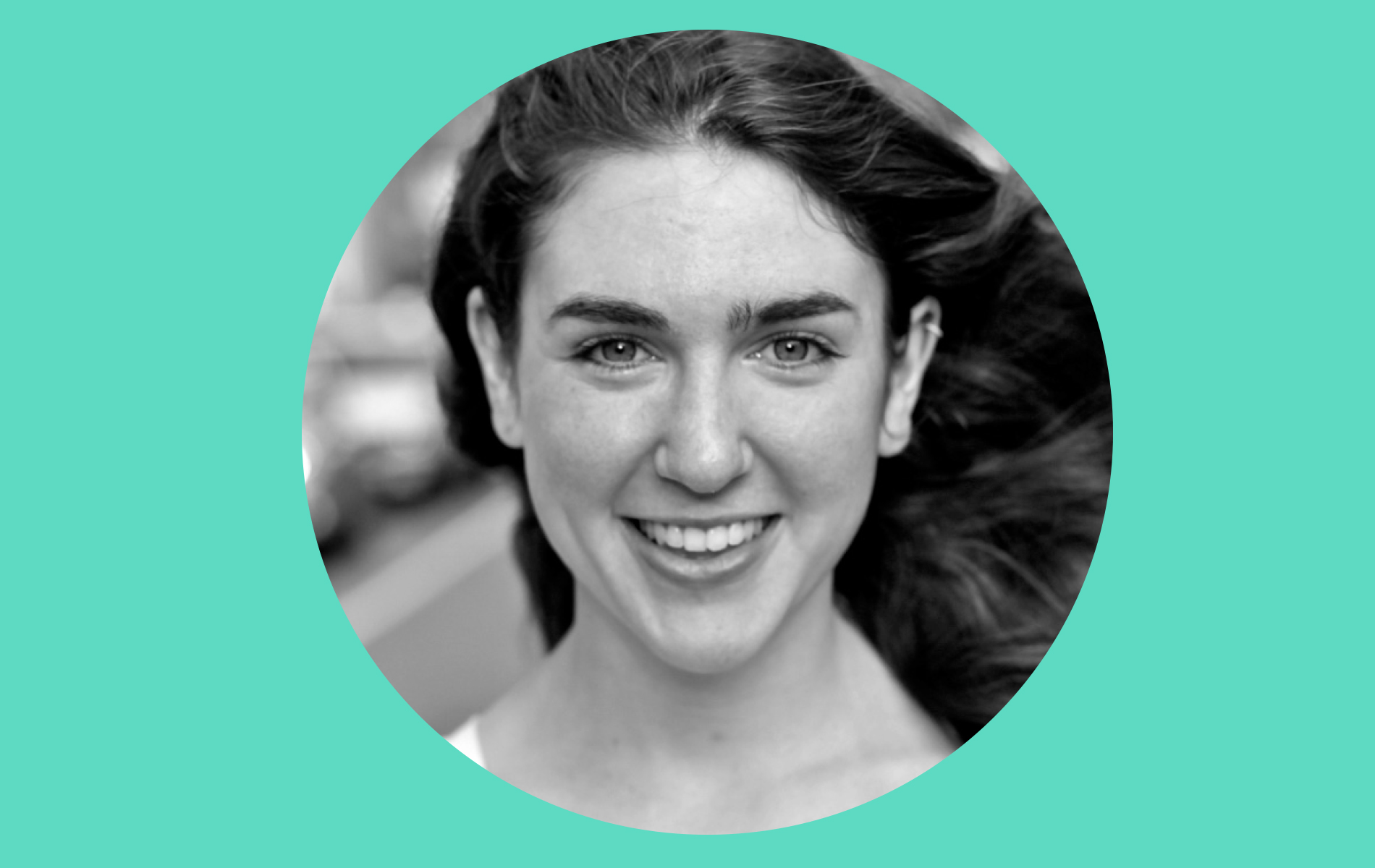Currently at the Guggenheim Museum is an exhibit by James Turrell, an artist who works with light, color and space. That’s vague. Here’s an example: In one dimly lit room, a projector transmits two slanted, white rectangles onto either side of a corner. Simple enough. Stare at it for ten seconds, and suddenly there’s a floating white cube in the room that accordingly changes configuration depending on vantage point. A genius in the manner of M.C. Escher (and also one of the two first visual artists to receive a MacArthur “genius” grant), Turrell plays with the relationship between what we perceive and how we perceive, often flip-flopping the definitions of existence and perception. The former is relative; the latter is what’s real.
Turrell has studied everything there is to know about visual anatomy and the neurology of light and color, and yet his art strives for neither the luminary accuracy of impressionism nor the calculated happenstance of expressionism. Like most highly scientific constructions, his art exists more in the ether than anywhere else, leaving his viewers considering not much more than the air, maybe a wall. It’s sobering. It’s platonic. It’s beautiful.
By uncalculated happenstance, I recently fell into conversation with a stranger about platonic relationships. She asked me to consider the following phrase: There is nothing more beautiful than a completely platonic relationship between a heterosexual male and a heterosexual female. Two people who respectively identify as male and female somehow find a way to deeply connect and remain entirely devoid of anything romantic or sexual. I considered it, and figured that it must be like standing on top of a mountain or staring at the Milky Way. The beauty is free of any confusing, animalistic desires – it’s pure.
But does it exist? Can it?
Like Turrell’s projections, relationships take time to grow into something that take up space, and when they do, they inevitably look different depending on where you stand. Recently, I’ve been struggling to define one of my own relationships, which started off very platonic – two white rectangles converging in a corner. But in time, our convergence became much more dimensional with strong romantic feelings on one side and emotional confusion on the other. I saw all the potential for an extraordinary platonic relationship. He saw different extraordinary possibilities. And so we found ourselves on either side of a massive floating cube that we see from different perspectives, raising the question: When two people perceive their relationship differently, are the people involved in anything real, or are they actually just in a relationship with a perception of one?
Or, like Turrell’s work, can a relationship have multiple real existences at once, its beauty in the eye of the beholder?
Artistically, Turrell is expressing the present edge of the quantum physics cliff. A recent Scientific American article titled “What is Real?” explains that present-day physicists are coming to the conclusion that particles – subatomic spheres that are the building blocks of everything – aren’t the basic entities that we’ve long thought them to be. In fact, they may not exist at all. That’s also vague. Here’s another example: if you’re standing outside a glass box that is a vacuum, i.e. there’s nothing inside – no particles, no sub-atomic particles, no nothing – then it is, in fact, empty. But if you run by the glass vacuum, your acceleration creates particles within it. Increasingly, physicists are realizing that the existence of particles depends on the state of motion of the observer. Increasingly, physicists are having to philosophize to find answers to these bizarre conundrums. “What is the reason that we can know only the relations among things and not the things themselves?” the article asks. “The straightforward answer is that relations are all there is.” Increasingly, existence itself seems to be in the eye of the beholder, too.
To use the vocabulary of quantum physics, I would define a totally platonic relationship between both genders of the same sexual orientation as a situation in which the people exist inside the glass box rather than moving around its periphery, looking in. Their relationship is sequestered from outside forces – emotions, impulse, all the accelerating forces of physical connection – that are often the culprits for the multiplicitous nature of relationships, and instead their connection has only one state of existence. In other words, the people see and feel the relationship in exactly the same, platonic way.
But, I suppose scientific Americans would tell me this is impossible and not how people and the particles that compose them work.
At multiple points during the Turrell exhibit, I heard museum goers ask docents, “What am I supposed to be looking at?” The answer was usually followed by either an eye roll or a second attempt at contemplation, often succeeding in a resounding, “Oh, I get it now.” Seeing is simple. Perceiving takes time, especially when a single thing can exist in multiple ways (or maybe not at all).
I think the beauty I was asked about and the beauty Turrell strives to create is not the beauty of relationship or the piece of art or whatever other existence is in question. Rather, the beautiful entity is the experience of perceiving – the “aha” moment for people looking at two rectangles on a wall and suddenly seeing a floating cube. And the experience of perceiving something exactly the same way as someone else – that is beautiful. That is like looking at the Milky Way.
If the theories of quantum physics when applied to relationships point toward the existence of pure, platonic love not being all too likely, then maybe the next best thing to try and do is accelerate the same speed around the glass boxes of our relationships and try to see whatever exists inside as similarly as possible.
I also think there are many places I would rather be than inside of a box.
Gabrielle Lipton is a freelance writer living in Manhattan. Previous publication includes Slate, IndieWIRE,Paste and Relapse; side projects include her website and concocting unusual flavors of homemade ice cream.





